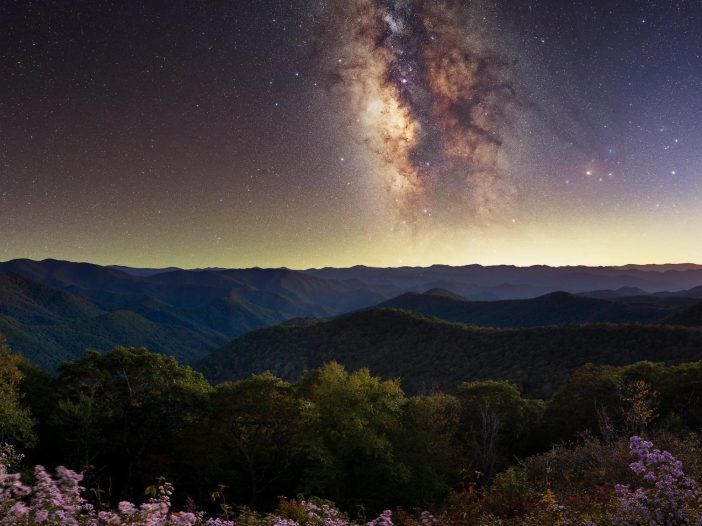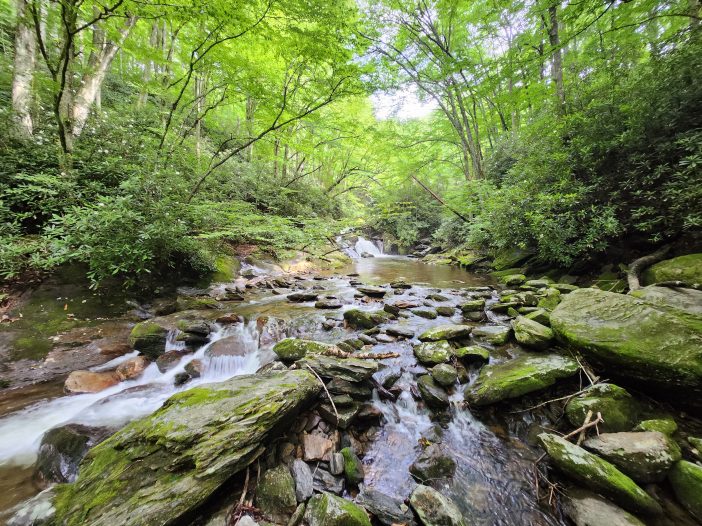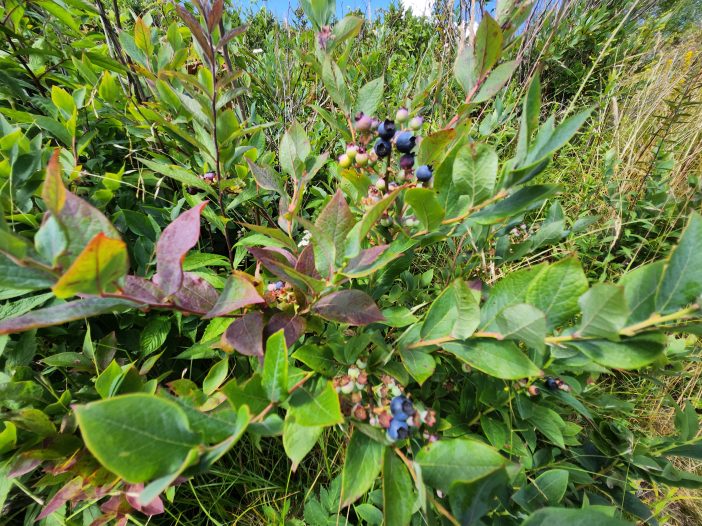The mountains of western North Carolina hold a secret that urban dwellers rarely encounter: darkness. True darkness, the kind that existed before electric lights carved up the night. Drive three hours west from Charlotte, past the last strip mall and gas station, and you’ll find yourself in a place where the Milky Way stretches across the sky like spilled sugar.
Read MoreNorth Carolina
Tranquil Waters: Exploring the Best Natural Swimming Holes in North Carolina
Dive into the natural beauty of North Carolina with our detailed guide on the top ten natural swimming holes in the state. From the verdant Pisgah National Forest to the tranquil waters of White Lake, we take you on a journey through these aquatic gems, providing key information on location, hazards, costs, and access. Embrace the spirit of adventure and immerse yourself in the untamed splendor of the Tar Heel State.
Read MoreTop Trails for Wild Blueberry Picking in Western NC: When, Where, and How
North Carolina’s western region, laden with a rich assortment of native flora, offers a multitude of wild edibles to explore, including the delightful wild mountain blueberries. Let’s delve into the world of foraging in this natural paradise, focusing on the wild blueberries.
Read More

